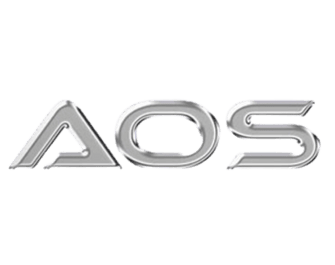Emergency Situations: Prescribing Schedule II Controlled Substances

Posted on September 26th, 2022
Emergency is defined by the Secretary of Health and Human Services as “situations in which the prescribing practitioner determines that:
(1) Immediate administration of a controlled substance is necessary, for proper treatment of the intended ultimate user;
(2) That no appropriate alternative treatment is available, including administration of a drug which is not a controlled substance under Schedule II of the Act; and
(3) It is not reasonably possible for the prescribing practitioner to provide a written prescription to be presented to the person dispensing the substance, prior to dispensing” (21 CFR 290.10).
- In emergency situations, a prescription for a Schedule II controlled substance may be telephoned to the pharmacy and the prescriber must follow up with a written prescription sent to the pharmacy within 7 (States may require that the prescription be sent to the pharmacist in a shorter time frame.)
- Here are some additional requirements to heed when orally transmitting prescriptions in emergency situations: “In an emergency, the prescriber may give an oral prescription for a Schedule II drug if the pharmacist makes a reasonable effort to identify the prescriber and the amount is limited to what is necessary to treat the patient during the emergency. The prescriber must cause to be delivered an original prescription to the dispensing pharmacist within 7 The prescriber must write ‘Authorization for Emergency Dispensing’ on the prescription. The prescriber must document how the situation met the criteria for emergency treatment” (21 CFR 290.10).
Faxing Prescriptions for Schedule II Controlled Substances
- Prescriptions may be faxed under certain conditions. Here are the conditions, as stated in federal regulations: “A pharmacist may dispense directly a controlled substance listed in Schedule II, which is a prescription drug as determined under the Federal Food, Drug, and Cosmetic Act, only pursuant to a written prescription signed by the practitioner, except as provided in paragraph (d) of this section. A prescription for a Schedule II controlled substance may be transmitted by the practitioner or the practitioner’s agent to a pharmacy via facsimile equipment, provided that the original written, signed prescription is presented to the pharmacist for review prior to the actual dispensing of the controlled substance.
- Therefore, Schedule II prescriptions can be faxed to a pharmacist, but the copy is just an alert to the pharmacist that the patient is en route with an original prescription.
Do not hesitate to contact me if should you have questions or would like more information about this matter.
Sincerely,
Joe Blog,
Pharmacist-In-Charge
XXYYZZ Pharmacy
Disclaimers
Any views or opinions represented in this blog are personal and belong solely to Accurate Order Solutions, LLC and do not represent those of people, institutions or organizations that the owner may or may not be associated with in professional or personal capacity, unless explicitly stated. Any views or opinions are not intended to malign any religion, ethnic group, club, organization, company, or individual.
All content provided on this blog is for informational purposes only. Accurate Order Solutions, LLC makes no representations as to the accuracy or completeness of any information on this site or found by following any link on this site. Accurate Order Solutions will not be liable for any errors or omissions in this information nor for the availability of this information. Accurate Order Solutions, LLC will not be liable for any losses, injuries, or damages from the display or use of this information.
Contact
Send Us A Message
Any questions about our remote services? Ask us anything! We're here to help you
